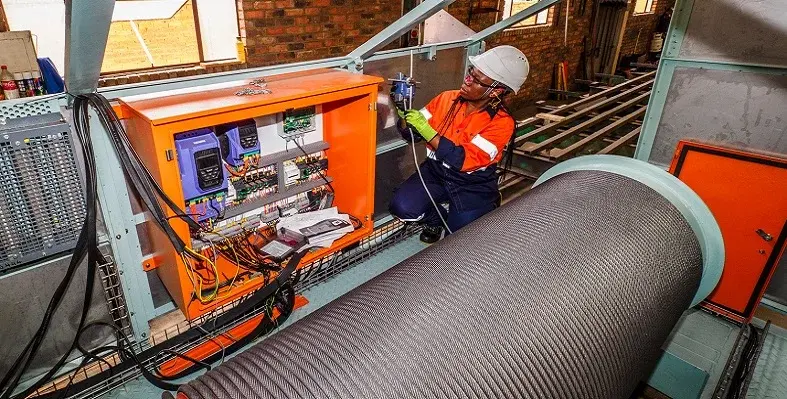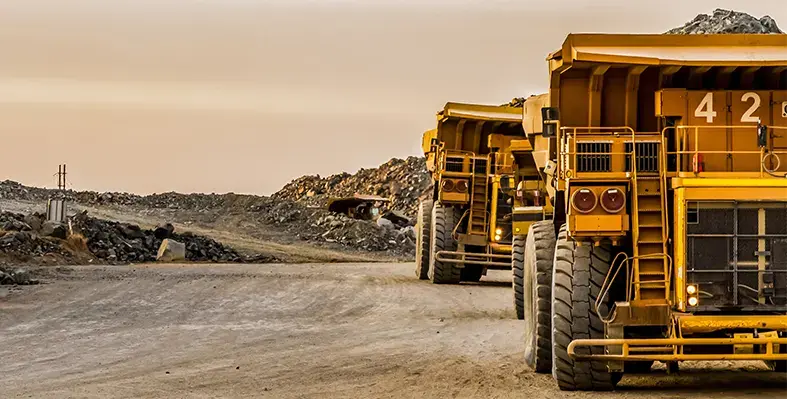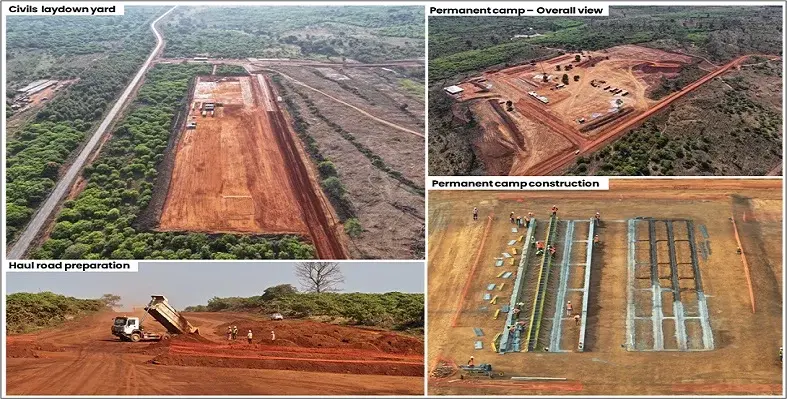Driven by its MissionZero strategy, FLS invests in sustainable technology development to underpin increased mining output – especially of those minerals in growing demand by economies moving toward a lower carbon future
One such mineral is copper, which is essential for a vast array of decarbonising technologies, according to Alistair McKay, FLS vice president for capital sales in Europe, Arabia and Africa. The European Union has recognised the importance of these commodities in its Critical Raw Materials Act, which defines both strategic and critical minerals.
“In the category of critical minerals, there are 16 commodities which are vital,” said McKay. “A shortage of these minerals could derail economic activity, so we have put our weight behind industry efforts to raise levels of sustainable production.”
FLS therefore commits over 50% of its substantial research and development budget to technology that will have a noticeable impact on reduction of carbon emissions, as well as on water and energy consumption whilst improving plant performance.
Efficiency-focused solutions
Among its innovations is the rail-running belt conveyor, which has proved itself to be a gamechanger in energy efficiency and operational flexibility. It can reduce the carbon footprint of operations by between 20% and 90% – with commensurate savings in energy costs.
“The key to this technology is the way it overcomes the friction losses that are inherent to conventional belt conveyor systems,” McKay explained. “While a traditional belt conveyor has friction losses of between 0,070 and 0,110 kilowatt-hours per tonne per kilometre (kWh/t/km), our rail-running conveyor can reduce these to between 0,015 and 0,030 kWh/t/km.”
In the primary crushing circuit, FLS’s Eccentric Roll Crusher (ERC) is another efficiency-focused technology – reducing energy consumption by up to 40% while able to increase throughput by as much as 20% for the same product size. Key to its success is the design integration of grizzly and crusher, and its high reduction ratio of 1:6.
Improving site performance
FLS has also taken its High Pressure Grinding Roll (HPGR) solutions another step forward, with the release of the HPGR Pro. McKay pointed out that HPGRs have gained considerable popularity for their energy savings, which the HPGR Pro has enhanced.
“The key attribute of the HPGR Pro is the innovative rotating side plates, which can also be retrofitted onto equipment already in the field,” he remarked. “This advance has allowed the improved feeding of material onto the rolls, to ensure a uniform pressure profile across the full width of the roll. This not only improves throughput but reduces the concentrated wear in the mid-sections of the grinding roll, thereby improving throughput and further cuts energy consumption.”
Coarse particle flotation is also making a contribution to efficiency in production, through FLS’s coarseAIR technology. Floating coarser particles means that minerals can be liberated with less grinding, saving on energy and grinding media, he noted. Importantly, mill capacity can be enhanced at the same time – by more than 30%.
“We are continuously progressing our technologies, leveraging the power of innovations of the REFLUX Classifiers – which are incorporated in the coarseAIR as well as our REFLUX Flotation Cell (RFC),” said McKay. “The RFC reduces residence time of material from an average of over 30 minutes to between three and four minutes – while achieving an increase in recoveries of 1 to 3% and using around 27% less energy.”
He concluded that FLS’s MissionZero drive continues to support mines’ carbon emissions and sustainability goals while allowing more ambitious production targets.
This article was authored by FLS.









